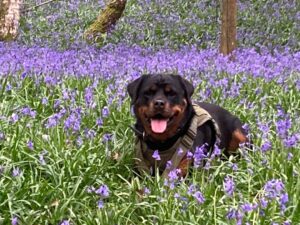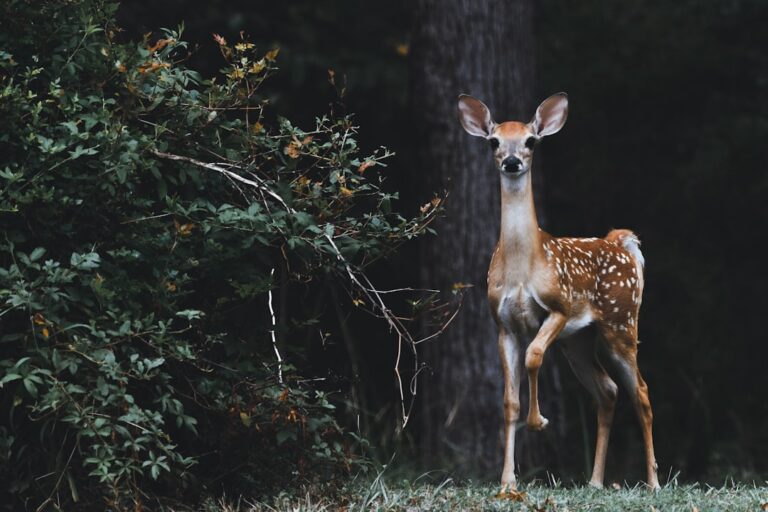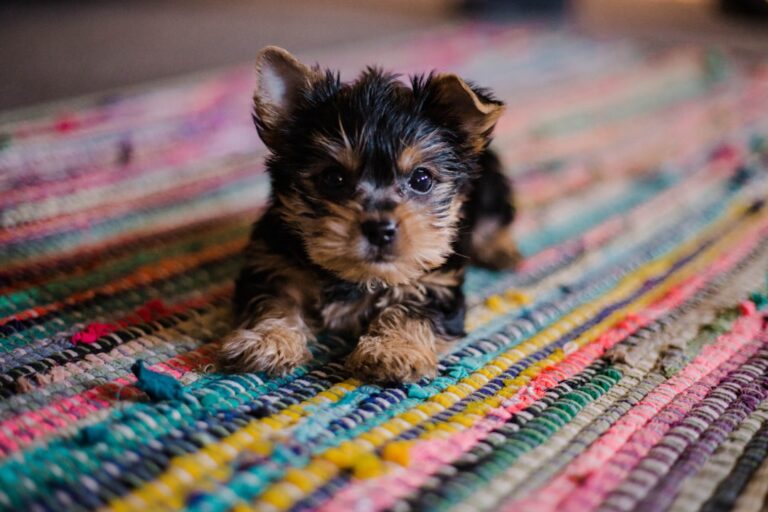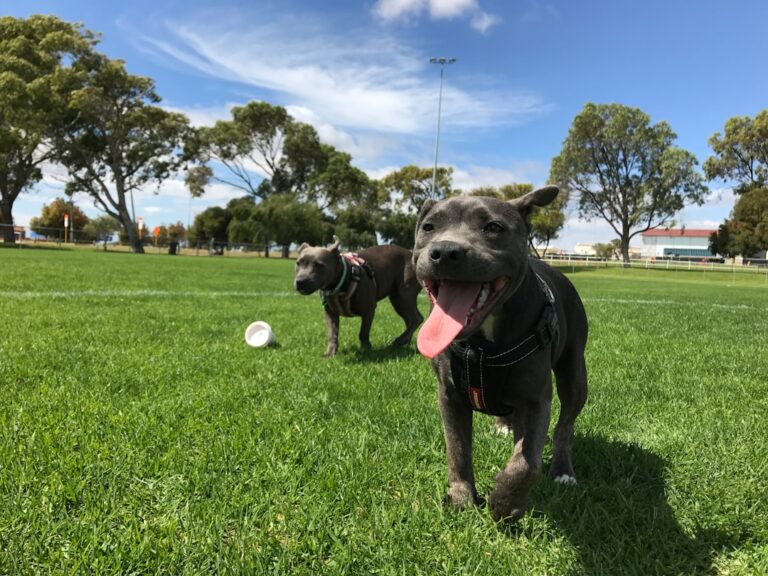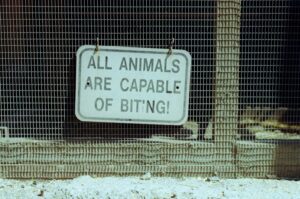The mating behavior of wolves is a fascinating aspect of their biology, deeply rooted in their evolutionary history and social structure. Wolves are monogamous animals, typically forming long-term pair bonds that can last for life. This monogamous behavior is not merely a romantic notion; it serves a critical function in the survival and stability of the pack.
The mating season for wolves generally occurs once a year, typically between January and March, depending on the geographical location. During this time, female wolves experience estrus, or heat, lasting about 5 to 14 days. This period is marked by significant hormonal changes that prepare the female for mating and increase her receptivity to males.
The male wolf plays a crucial role in the mating process, often displaying behaviors that signal his readiness to mate. These behaviors include vocalizations, scent marking, and physical displays of strength and agility. The biological drive to reproduce is strong in both sexes, influenced by hormonal surges that dictate their behaviors during the mating season.
The successful mating of wolves is not just about the act itself; it involves a complex interplay of physical fitness, social dynamics, and environmental factors that can influence reproductive success. For instance, only the alpha pair within a pack typically breeds, which helps to maintain genetic diversity while ensuring that the strongest genes are passed on to the next generation.
Key Takeaways
- Wolf mating is a complex process involving courtship rituals, howling, and scent marking.
- Alpha mates play a crucial role in leading and maintaining the pack’s social structure.
- Courtship rituals in wolves involve intricate displays of dominance and submission.
- Howling is an important form of communication in wolf mating, used to locate and attract potential mates.
- Scent marking is a significant aspect of wolf courtship, allowing individuals to communicate their reproductive status and territory boundaries.
The Role of Alpha Mates in Wolf Packs
In wolf packs, the alpha pair holds a position of authority and leadership that extends beyond mere breeding rights. The alpha male and female are often the most experienced and capable members of the pack, possessing the skills necessary for hunting and territory defense. Their dominance is established through a combination of physical prowess and social interactions, which include displays of aggression, submission, and bonding behaviors.
This hierarchical structure is essential for maintaining order within the pack and ensuring that resources are allocated efficiently. The alpha pair’s role in reproduction is particularly significant; they are responsible for producing the next generation of wolves that will eventually contribute to the pack’s survival. This selective breeding ensures that only the strongest and most capable individuals pass on their genes.
The alpha female’s ability to produce healthy pups is closely tied to her health and status within the pack. If she is unable to mate or raise pups successfully, it can have dire consequences for the pack’s future. In some cases, subordinate females may attempt to mate as well, leading to potential conflicts within the pack as they vie for dominance and breeding rights.
The Intricate Courtship Rituals of Wolves
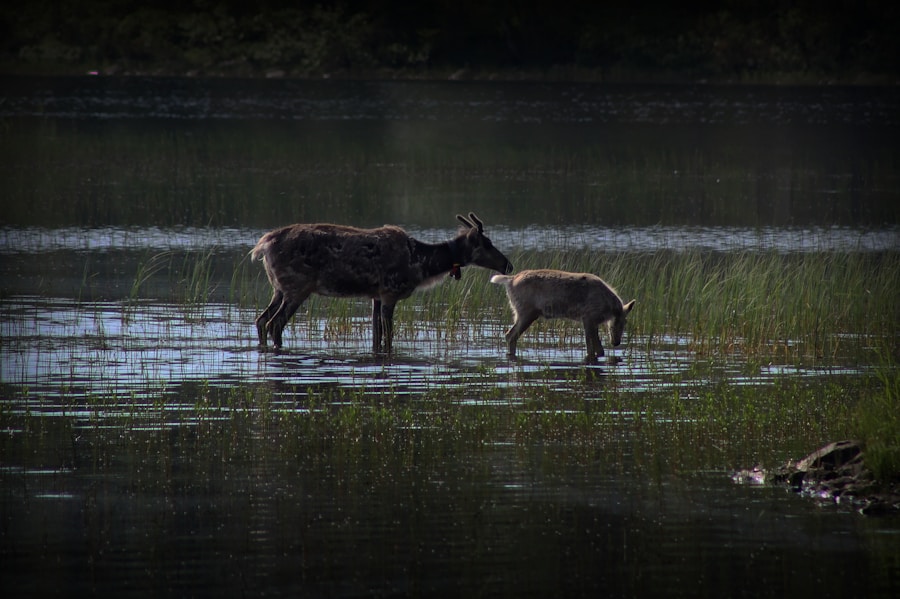
Courtship among wolves is a complex and nuanced process that involves a series of rituals designed to strengthen the bond between potential mates. These rituals often begin with subtle displays of affection and interest, such as nuzzling, licking, and playful interactions. These behaviors serve to reinforce social bonds and establish trust between the male and female.
As the mating season approaches, these interactions become more pronounced, with males often engaging in more assertive displays to attract the attention of females. One notable aspect of wolf courtship is the use of body language. Wolves communicate a great deal through their posture and movements; a confident male may approach a female with a relaxed stance, while a more submissive male may adopt a lower posture to indicate his intentions.
This non-verbal communication is crucial in establishing compatibility between potential mates. Additionally, vocalizations play a significant role during courtship; howls can serve as both an invitation to mate and a means of asserting dominance over other males in the area. The intricate dance of courtship rituals not only facilitates mating but also strengthens social bonds within the pack.
The Importance of Howling in Wolf Mating
| Behavior | Importance |
|---|---|
| Howling | Communication of territory and location to potential mates |
| Howling in chorus | Strengthens pack bonds and social cohesion |
| Howling frequency | Indicates reproductive status and readiness to mate |
| Response to howling | Allows wolves to assess the presence of potential mates in the area |
Howling is one of the most iconic behaviors associated with wolves, serving multiple purposes within their social structure, particularly during mating season. The vocalizations produced by wolves are not merely random sounds; they are complex calls that convey information about location, identity, and social status. During mating season, howling takes on an even greater significance as it helps to reinforce pair bonds between mates while also communicating their presence to other wolves in the vicinity.
When a male howls in response to a female’s call, it can signal his interest and readiness to mate. This vocal exchange serves as an invitation for the female to respond, creating a dialogue that strengthens their bond. Additionally, howling can serve as a territorial marker, warning rival males to stay away from their breeding territory.
This dual function of howling—both as a means of communication between mates and as a method of asserting dominance—highlights its importance in wolf mating behavior.
The Significance of Scent in Wolf Courtship
Scent plays an integral role in wolf courtship, acting as a powerful form of communication that conveys vital information about an individual’s reproductive status and health. Wolves possess an acute sense of smell, which they use to detect pheromones released by females during estrus. These chemical signals are crucial for attracting potential mates and can indicate whether a female is ready to mate or not.
The olfactory cues emitted by females during this period can be detected by males from considerable distances, guiding them toward receptive partners. In addition to pheromones, scent marking is another essential behavior during courtship. Wolves will often mark their territory with urine or feces, leaving behind chemical signals that communicate their presence to other wolves.
This marking behavior serves multiple purposes: it establishes territory boundaries, signals reproductive status, and reinforces social hierarchies within the pack. For example, an alpha female may use scent marking to assert her dominance over subordinate females who may also be interested in mating. The intricate interplay of scent communication underscores its significance in wolf courtship and mating dynamics.
The Impact of Human Activity on Wolf Mating

Human activity has had a profound impact on wolf populations across various regions.
### Habitat Fragmentation and Mating Challenges
Habitat destruction due to urbanization, agriculture, and logging has led to the fragmentation of wolf territories, making it increasingly difficult for wolves to find suitable mates. As natural habitats shrink, wolves may be forced into closer proximity with human settlements, leading to increased conflicts and reduced opportunities for successful mating.
### Disruption of Social Structures and Breeding Dynamics
Moreover, hunting and poaching have historically decimated wolf populations in many areas, disrupting social structures within packs and leading to imbalances in breeding dynamics. In regions where hunting is prevalent, alpha pairs may be killed or removed from their territories, resulting in subordinate wolves attempting to breed without the guidance or protection of experienced leaders.
### Consequences for Reproductive Success and Pup Mortality
This disruption can lead to lower reproductive success rates and increased mortality among pups due to a lack of parental care or inadequate territory defense against rival packs.
The Gestation and Birth of Wolf Pups
Once mating has occurred successfully, the gestation period for wolves typically lasts around 63 days. During this time, the female undergoes significant physiological changes as her body prepares for the arrival of pups. As she approaches her due date, she will seek out a den site—often located in secluded areas such as caves or burrows—to provide a safe environment for her young.
Dens are crucial for protecting vulnerable pups from predators and harsh environmental conditions. The birth process itself is relatively straightforward; female wolves usually give birth to litters ranging from four to seven pups but can have as many as twelve in some cases. After birth, the mother becomes intensely focused on caring for her pups, which are born blind and deaf and rely entirely on her for nourishment and warmth.
During this critical period, the alpha male plays an essential role by providing food for the nursing mother and helping protect the den from potential threats. As the pups grow and begin to explore their surroundings, both parents will engage in teaching them essential survival skills such as hunting techniques and social behaviors.
The Future of Wolf Mating in a Changing Environment
As climate change continues to reshape ecosystems around the globe, the future of wolf mating behaviors may face unprecedented challenges. Alterations in habitat availability due to rising temperatures and shifting weather patterns could impact prey availability and territory dynamics for wolves. As their natural habitats become increasingly fragmented or altered by human activity, wolves may struggle to find suitable mates or establish stable breeding pairs.
Additionally, changing environmental conditions could affect reproductive success rates among wolf populations. For instance, warmer temperatures may lead to earlier breeding seasons or altered gestation periods that could impact pup survival rates if environmental conditions do not align with their developmental needs. Conservation efforts aimed at preserving wolf habitats and mitigating human-wildlife conflicts will be crucial in ensuring that these magnificent creatures continue to thrive in an ever-changing world.
The intricate web of biological processes governing wolf mating behaviors reflects not only their evolutionary adaptations but also their deep connection with their environment. Understanding these dynamics is essential for effective conservation strategies aimed at preserving both wolves and their habitats in the face of ongoing environmental changes.



